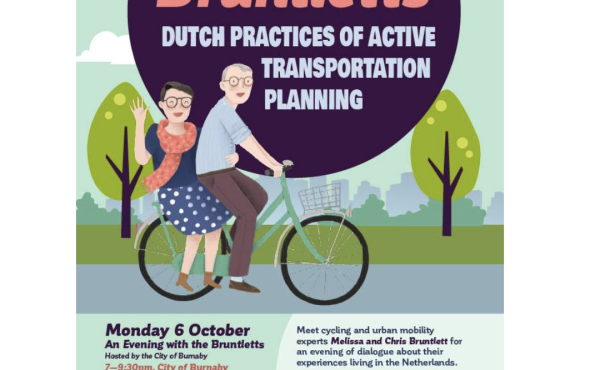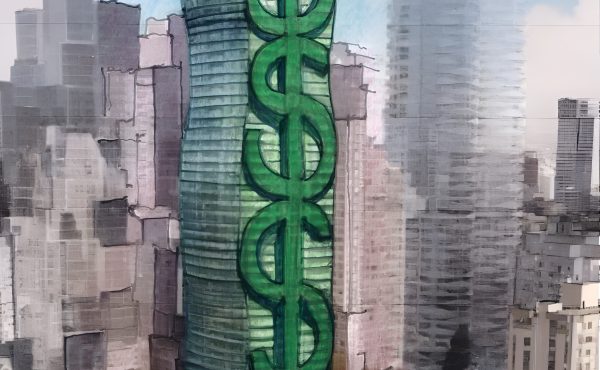

Author: Herbert Wright (Black Dog Publishing, 2008)
The city is perhaps the most compelling achievement of human civilization; now home to more than half the world’s population, the city is more than ever before the subject of debate, controversy and critical discourse. Herbert Wright’s new publication Instant Cities is yet another attempt to discern and evaluate the modern urban metropolis. While the book does not produce any radically new insights into the nature of the city, it does document a rather thorough investigation of the many forces at work.
The notion of the ‘Instant City’, an idea popularized through the work of Archigram and Marshall McLuhan in the heady days of the 1960’s, refers to the rapid globalization of urban centers via the technological revolution that has clearly manifested itself over the last few decades. Instant City, Metropolitanism, or McLuhan’s Global Village – call it what you may, they all qualify as a way for us to understand the rapidly transforming landscape of the city.
It is difficult to argue against the importance of understanding the modern city, the first of which was established only 6,000 years ago. It seems we have not looked back since. The city was conceived as a place of change, modernity, and progress with an undeniable gravitational pull drawing in people from all over the countryside in search of opportunity.
Today cities have grown larger and more powerful than ever imagined. Delhi, for instance, gains a new inhabitant every minute. Wright describes the city as an environment of exchange, for both ideas and goods. A place more than buildings and infrastructure. A place of conflict, movement and complex identities.
Wright defines the Instant City as a kind of urban phenomena — whether that is applied to a real place like Shanghai or New York or to the city as it is conceptualized in film or theory. The book is broken down into a series of dichotomies, Growth/Masterplan, Utopia/Dystopia, Fantasy/Reality, Nuclear/Distributed, Nomadic/Rooted, Global/Local, and Humanity/Environment.
Each chapter dissects the city through these opposites with case studies, previously published essays and imagery. Many of the case studies are provocative urban situations. However, they tend to have underwhelming representation. The images only scratch the surface of the corresponding text.
The book begins with Growth/Masterplan, a chapter which presents city growth as being both spontaneous and organic but also planned and controlled. The masterplan, is in many ways a modern industry, while not modern at all as it has been deployed as an urban device since the beginning of city building.
Today masterplanning has become a problem solver, a way for cities to address the issues of population growth, changing economies, and failing infrastructure. In many ways the masterplan is thought of as a panacea to the many instances of urban blight. The city of Kinshasa, the capitol of the Democratic Republic of the Congo, is an example of a struggling metropolis that has been subject to various political regimes and has thus developed in an ad hoc and uncontrolled manner. Because of this, the city has no one underlying identity which permeates through its infrastructure, public services, and economies.
The opposite case is Astana in Kazakhstan, a city with the goal of becoming a global center and relying on the liberation of the masterplan to do so. By incorporating signature buildings commissioned by world renowned architects, a nod to traditional iconography, urban green spaces, and new street names the city intends to transcend its past. Astana is an experiment that continues to grow, with population increasing steadily. It remains to be seen if the city has achieved its original aspirations.
Wright is also careful to represent the concept of the real city as well as the fictional city. The chapter Fantasy/Reality explores the more fantastical idea of the city such as that depicted in Bruegal’s Tower of Babel or Fritz Langs’s film Metropolis. These often highly aestheticized depictions of the future influence real cities and projects, such as Buckminster Fuller’s domes or the Lloyds of London tower by Richard Rogers.
The correlating case study looks at the phenomenon of interactive virtual worlds like Second Life. Second Life is a user generated virtual universe where players populate, build and manipulate an online world where they can interact, socialize and engage in commerce with other users. The fascination with Second Life is that it is a parallel to the real world that is somewhat utopian and free of constraints. People joined to escape the ails of the real world only to encounter those same problems in the virtual. Ultimately, the program lost interest as it began to become increasingly real.
While all the themes of the chapters seem to relate to rapid growth and increased population the chapter Nuclear/Distributed seems to address that more explicably. The development of central business districts, mega shopping complexes, or cultural magnets like Bilbao’s Guggenheim are all urban gestures that induce growth and draw in more and more people.
As cities experience explosions in population, places like edge cities, satellite cities, and hyper-dense towers are becoming a way to displace the population. Atlanta is represented as the city of urban sprawl, while Moscow is developing upwards in a new business district, and Stapleton, a satellite redevelopment near Denver, is the New Urbanists answer to sprawl.
In the end, Instant Cities book is really a survey of urban development — noting various instances of urban phenomena, with little distinction between those that are really productive and those that should soon be forgotten. Somehow the reader is left just as uncertain about the future than before.
Perhaps the book is unclear of what strategies and processes within the city are really contributing to the healthy and positive growth of the urban condition? Maybe that was never the intention. However, it’s awfully hard to discuss a highly anticipated and intense soccer match with no mention of which team your routing for.
***
Larraine Henning has Masters of Architecture from UBC and a Bachelors of Environmental Design from UofM. She has worked in both the Netherlands and Canada for a variety of architectural offices, and also works within the mediums of photography and web design.



